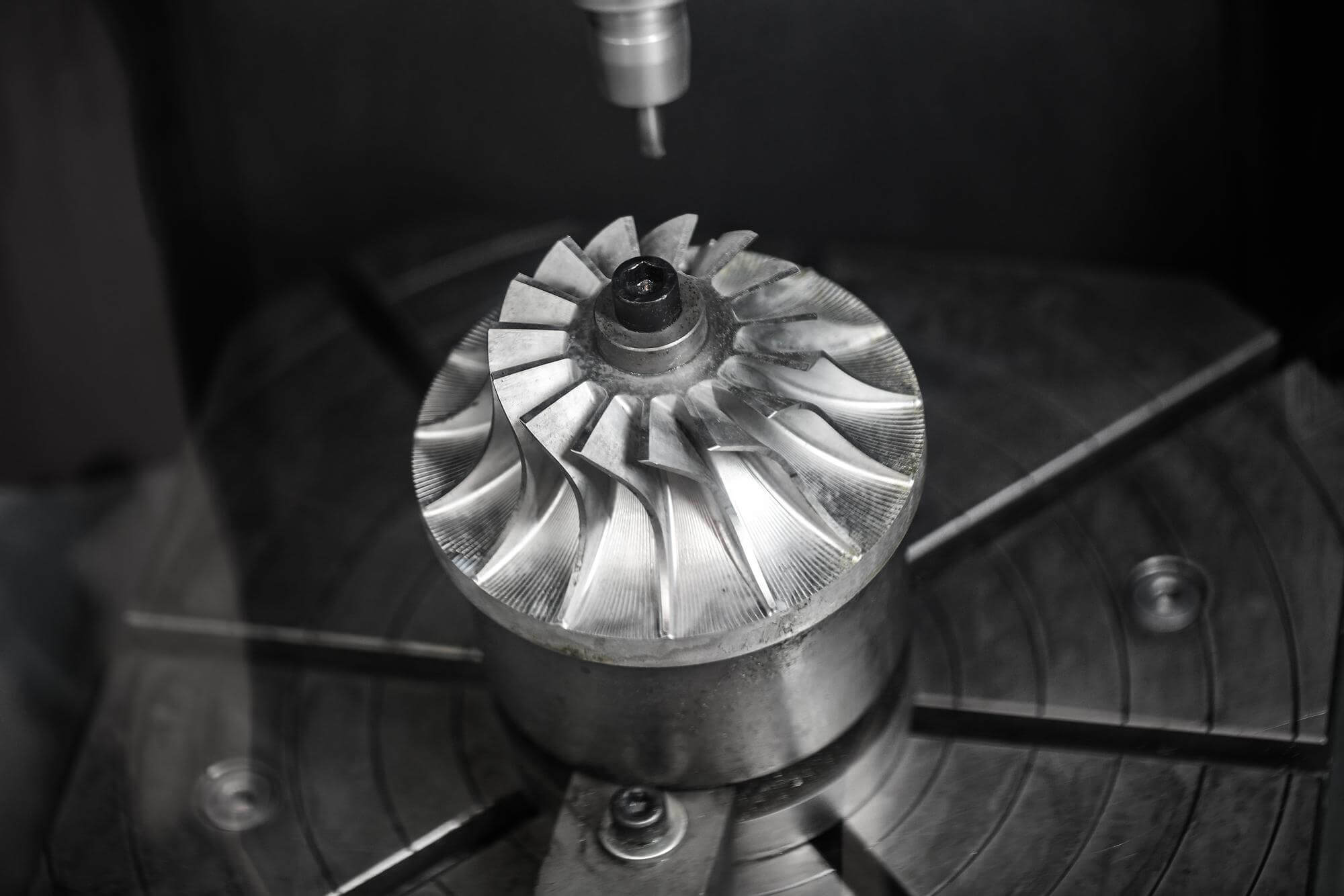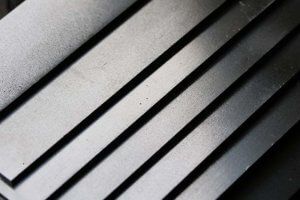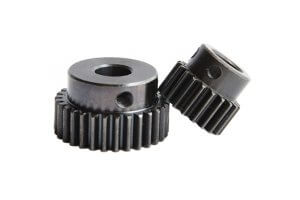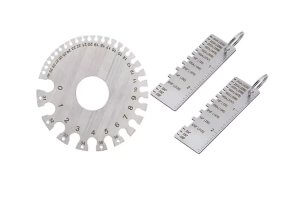Introduction
In the realm of CNC (Computer Numerical Control) machining, the need for precision and efficiency is paramount. One of the advanced techniques employed to achieve these goals is five-axis flank milling, particularly useful when dealing with complex surfaces. This method has revolutionized the production of intricate parts, including those used in the aerospace and automotive industries. This article delves into the application of ruled surface technology in CNC machining parts, focusing on how it enhances the capabilities of five-axis flank milling.
The Concept of Ruled Surface Approximation
Ruled surfaces are those that can be generated by moving a straight line in space. When applied to CNC machining, approximating a complex curved surface with a ruled surface can significantly simplify the milling process. This approximation not only reduces the geometric deviation between the designed and machined surfaces but also enhances the material removal rate and surface quality.
Five-Axis Flank Milling
Five-axis flank milling is a process where the side of the cutting tool, rather than its tip, is used to remove material. This technique contrasts with ball-end milling, which primarily uses point contact. By employing line contact, five-axis flank milling can cover a broader area in a single pass, thereby improving the efficiency and surface finish of the machined part.
Application in the Aerospace Industry
One notable application of ruled surface approximation in five-axis flank milling is in the production of impellers and turbine blades for jet engines. According to a study by Pratt & Whitney, a leading aerospace manufacturer, if a complex surface can be approximated as a ruled surface, it can be effectively machined using flank milling. Their research over 28 years (1984-2012) led to the development of software called Arbitrary Surface Flank Milling (ASFM), which facilitates this process.
Process and Benefits
The ASFM software starts by interpolating designer-specified cross-sectional curves to generate the blade surface. The primary goal is to maintain the aerodynamic performance and structural integrity of the impeller while modifying the surface for flank milling. When the blade surface exhibits significant twist or complexity, the software can generate multiple flank milling paths, ensuring a smooth transition between adjacent tool paths.
The application of this technology has been remarkable. It has been successfully implemented in 11 experimental engines and 39 production engines, encompassing both centrifugal and axial impellers. The efficiency of blade machining has increased by approximately 14 times due to this innovative approach.
Technical Details and Optimization
To approximate a complex surface as a ruled surface, two B-spline curves, ( P(u) ) and ( Q(u) ), are used to represent the ruled surface, as shown in Equation (3.1):

Here, Ni(u)Ni(u) are the B-spline basis functions, and bibi and didi are the control points of the two B-spline curves. The goal is to minimize the geometric deviation between the original designed surface S0S0 and the approximated ruled surface SruledSruled.
Optimization Model
The optimization model can be expressed as:

This model aims to minimize the maximum distance between the discrete points on the original surface S0 and the approximated ruled surface Sruled.
Implementation and Results
Generating an initial ruled surface requires a good initial solution. This involves discretizing the original surface into a point cloud and calculating the distance from these points to the approximated ruled surface. Nonlinear optimization methods are then used to refine this initial solution.
The methodology is integrated into commercial 3D software such as Unigraphics and CATIA, making it applicable for various complex parts, including those found in aircraft structures.
Data Table
Here is a table showcasing the improvement in efficiency and quality in different stages of the process:
| Application | Efficiency Increase | Surface Quality Improvement |
|---|---|---|
| Experimental Engines | 14x | Significant |
| Production Engines | 14x | Significant |
| Centrifugal Impellers | 14x | Significant |
| Axial Impellers | 14x | Significant |
The integration of ruled surface approximation with five-axis flank milling represents a significant advancement in CNC machining. By simplifying the machining of complex surfaces, this technology not only enhances efficiency but also ensures superior surface quality. As demonstrated in the aerospace industry, this approach has proven to be both practical and highly effective, setting a new standard for precision machining.
Other Articles You Might Enjoy
- Surface Refinement: Leveraging Bead Blasting for CNC Machining
In the realm of CNC machining, surface quality plays a pivotal role in determining the overall performance and aesthetics of the final product. Leveraging bead blasting as a surface refinement…
- Revolutionizing Renewable Energy with CNC Machined Components
Introduction: Renewable Energy and CNC Machined Components Renewable energy harnesses power from natural sources such as the sun, wind, and water, making it a sustainable and eco-friendly alternative to traditional…
- Is Copper the Right Choice for Electrical Component CNC Machining? A Detailed Analysis
CNC Machining of Electrical Components Utilizing Copper In the field of electrical engineering, Computer Numerical Control (CNC) machining plays an integral role, particularly in the development and manufacturing of electrical…
- Basic Knowledge of CNC Turning-Milling Compound Machining
Due to the different CNC systems configured on CNC milling machines, the instructions used vary in definition and function, but their basic functions and programming methods remain the same
- CNC Machining Brass vs. Bronze: Cost, Properties, and Applications Showdown?
Introduction to CNC Machining Brass vs. Bronze: Cost, Properties, and Applications Showdown? In this article, we delve into the debate between brass and bronze machining for an important manufacturing process…
- Precision Aluminum Machining for Aerospace: Custom CNC Services
Precision Aluminum Machining for Aerospace: Custom CNC Services In the world of manufacturing, precision aluminum machining plays a pivotal role, particularly in aerospace industries where superior precision is required. As…









